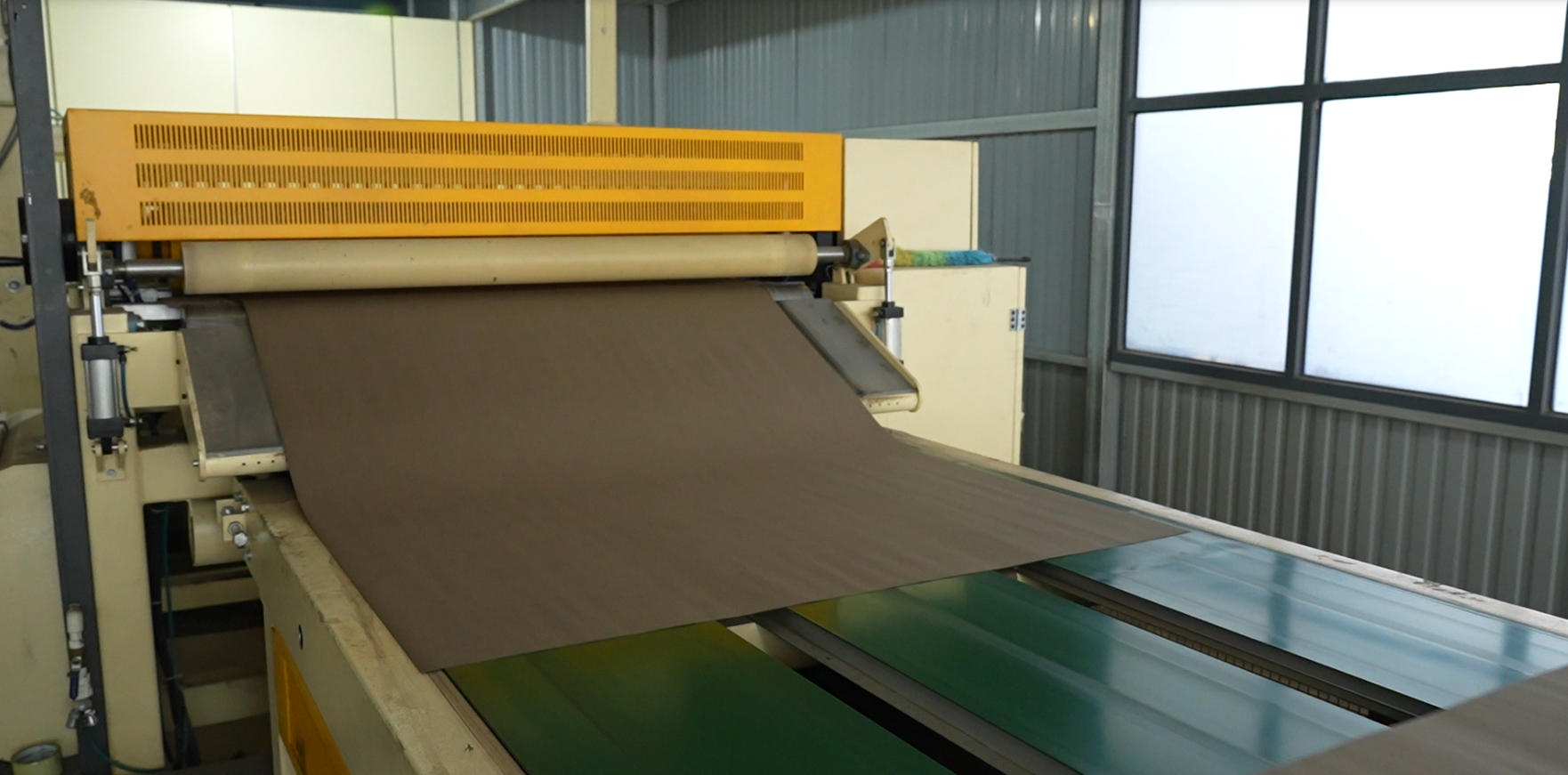What is Formica Laminate? A Complete Guide to Pros, Cons, Uses & Care
Catname: Industry News
Writer: Double Grand HPL
Times: 2025-10-11 10:19:20
What is Formica? Exploring the Modern Appeal of a Classic Laminate
When people think of kitchen countertops, bathroom vanities, or desk surfaces, "Formica" is often the first name that comes to mind. But have you ever wondered, what exactly is Formica? Why has it remained popular for decades? This comprehensive guide breaks down this iconic surfacing material to help you decide if it's right for your next project.

Formica Laminate: What Is It, Exactly?
First, a key concept needs clarification: Formica is a brand name, not a generic material type. It specifically refers to High-Pressure Laminate (HPL) manufactured by the Formica Group company.Its structure typically consists of three layers:- Core Layer: Thick kraft paper layers that provide structural strength and stability.
- Decorative Layer: Paper printed with patterns (wood grain, stone, solid colors, abstract designs) that define the final appearance.
- Wear Layer: A transparent, durable overlay (usually melamine resin) that is exceptionally hard, and resistant to scratches, stains, and heat.
These layers are fused together under high pressure and heat. The resulting sheet is then bonded to a substrate—like particleboard, MDF, or plywood—to create countertops, furniture, and wall panels.Key Advantages of Choosing Formica Laminate
Formica's enduring popularity is due to several key benefits:- Excellent Affordability: Compared to natural stone, solid wood, or solid surface materials, Formica is one of the most cost-effective choices, allowing for high-end looks on a modest budget.
- Superior Durability: The surface is highly resistant to wear, scratches, and impacts, making it ideal for high-traffic areas like kitchens and offices.
- Vast Design Options: It comes in thousands of colors, textures, and patterns. Whether you want a realistic marble look, classic wood grain, or a bold solid color, there's a style for any aesthetic.
- Easy Cleaning & Maintenance: It requires no special care. Simple wiping with a damp cloth and mild detergent is usually sufficient. It also has good antibacterial properties.
- Good Heat Resistance: It can withstand moderate heat (like a hot cup), but using trivets is recommended to maximize its lifespan.
Potential Disadvantages to Consider
No material is perfect, and Formica has its limitations:- Visible Seams: Sheets have seams that cannot be seamlessly joined like solid surface materials (e.g., Corian).
- Vulnerable to Sharp Impacts: While scratch-resistant, a sharp, heavy blow can cause chipping or denting, which is difficult to repair.
- Edge Treatment: The laminate edges require special treatment (e.g., edge banding). If not done well, it can compromise aesthetics and durability.
- Perception in Property Value: In some high-end real estate markets, buyers may prefer natural stone, perceiving laminate countertops as a lower-tier option.
Popular Applications for Formica Laminate
The versatility of Formica laminate makes it suitable for a wide range of uses:- Kitchen Countertops: The most classic application, perfect for budget-conscious homeowners or those who like to update styles frequently.
- Bathroom Vanities: Its moisture resistance makes it an ideal choice for bathrooms.
- Furniture Surfacing: Used for desks, tables, and cabinet doors, offering beauty and durability.
- Commercial Spaces: Restaurants, hotel front desks, office partitions—thanks to its durability, easy cleaning, and design variety.
- Wall Cladding: Used as backsplashes or feature walls to create unique visual statements.


